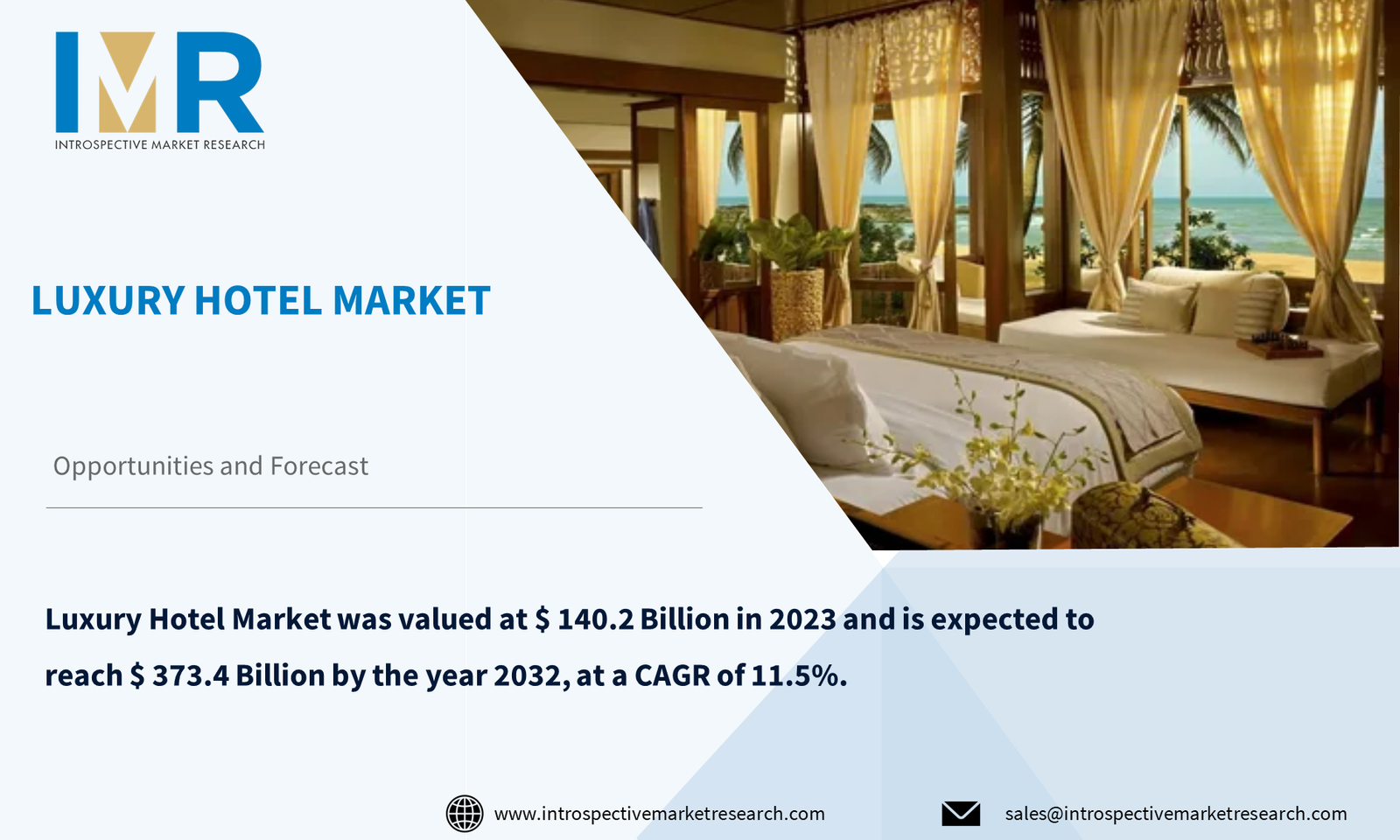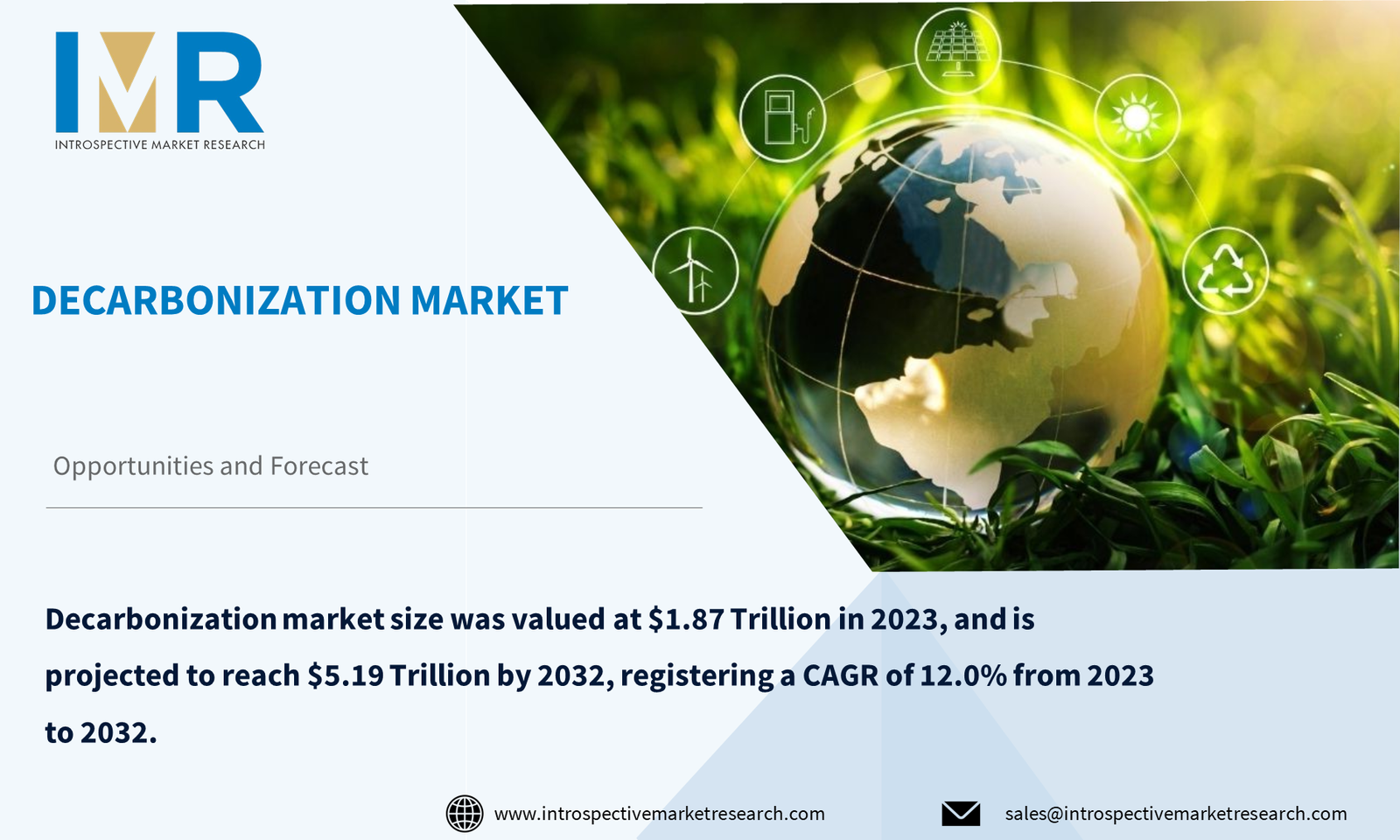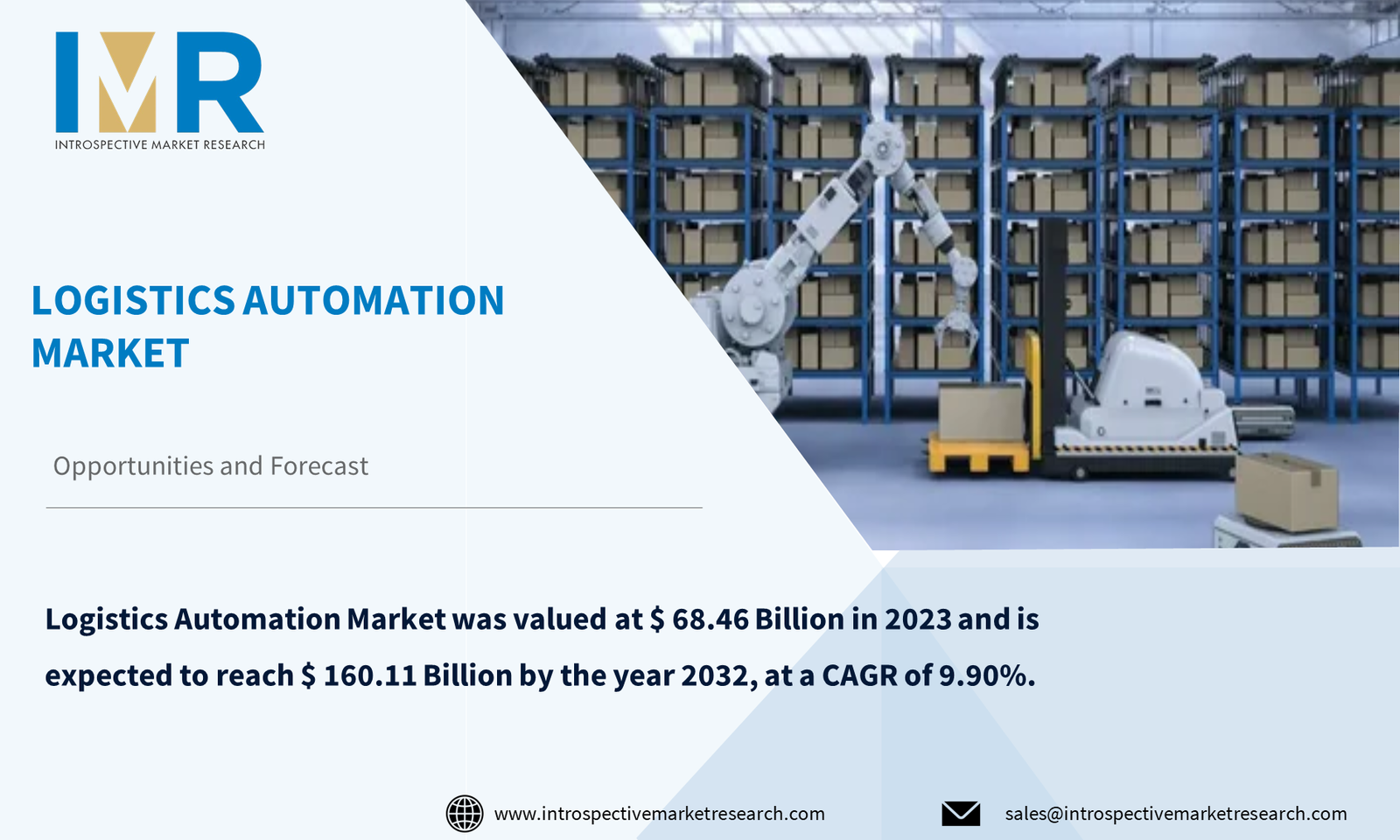Market Overview:
Smart Glass Market Size Was Valued at USD 7.95 Billion in 2022, and is Projected to Reach USD 21.60 Billion by 2030, Growing at a CAGR of 13.3% From 2023-2030.
Glass is a rigid and often see-through material that is typically made from a combination of sand, limestone, and sodium carbonate. These ingredients are melted at high temperatures and then rapidly cooled to avoid the formation of visible crystals. This results in the production of commercial glass, which is known for its hardness, brittleness, and resistance to natural elements. In the case of smart glass, it possesses the unique ability to change its light transmission properties when subjected to specific stimuli such as voltage, light, or heat. By transitioning from a clear state to a translucent state and vice versa, smart glass selectively allows certain wavelengths of light to pass through while blocking others. This innovative type of glass consists of a switchable layer that is sandwiched between two layers of glass
Top Key Players Covered In The Smart Glass Market:
- Corning Incorporated (US)
- Active Glass Technologies (US)
- AGC Inc. (Japan)
- Gentex Corporation (US)
- Clayton Glass Ltd. (UK)
- Nippon Sheet Glass Co. Ltd. (Japan)
- Essex Safety Glass Ltd. (UK)
- SAGE Electrochromics Inc. (US)
- SOLOS Glass Pty Ltd (Australia)
- Glass Apps LLC (US)
- Guardian Industries (US)
- RavenWindow (US)
- Research Frontiers Inc. (US)
- InvisiShade LLC (US)
- Schott Corporation (Germany)
- Smartglass International Limited (Ireland)
- Intelligent Glass (UK)
- Vario Glass Inc. (Canada)
- View Inc. (US)
- Huawei (China) and other major players.
Market Dynamics and Factors:
The smart glasses market is driven by their significant utilization in various industrial and enterprise sectors, including manufacturing, logistics, healthcare, field services, and remote collaboration. In these sectors, smart glasses offer hands-free access to critical information, real-time data, and instructions, enhancing productivity, efficiency, and safety. The potential cost savings, increased productivity, and improved worker capabilities are key factors driving the adoption of smart glasses in these sectors, contributing to the growth and expansion of the smart glasses market.
The industrial sector holds immense potential for smart glasses, offering a wide range of applications in areas such as maintenance, quality control, training, and remote assistance. By integrating augmented reality (AR) capabilities, smart glasses can overlay digital information onto the real-world environment, aiding in tasks such as equipment maintenance, quality inspections, and troubleshooting. The industrial sector presents a significant opportunity for smart glasses to revolutionize work processes, streamline operations, and improve overall productivity and safety.
The Smart Glass Market Report Highlight:
- By Technology, the electrochromic segment is anticipated to lead the growth of the Smart Glass market in the forecasted timeframe. The popularity of electrochromic materials stems from their controllable ability to reflect both visible light and infrared rays.
- By Application, the transportation segment holds the major market share. The increased demand for smart glasses can be attributed to their growing usage in automobiles and airplanes.
- The European region is expected to have the highest share of the Smart Glass market over the projected period. The rise in demand for smart glass in this region can be attributed to its increased usage in renovating existing infrastructure and constructing new buildings that prioritize eco-friendliness and energy efficiency, leading to reduced energy consumption expenditure.
Key Industry Development:
- In November 2023, HALIO, designer of the world’s fastest, most beautiful, eco-friendly, and technologically advanced electrochromic (smart) glass, and SKC Ltd., a leading company in the ESG Materials Solution industry based in South Korea, announced that HALIO has raised up to $70M in funding from SKC to further market and develop the industry’s next generation of smart glass technology, focusing on energy savings, environmental impact, and creating beautiful facades, while enabling occupant wellness and comfort.
- In September 2023, Meta Connect launched a new generation of Ray-Ban Meta smart glasses in partnership with EssilorLuxottica.
Smart Glass Market Segmentation:
By Technology
- Suspended Particle Devices (SPD)
- Electrochromic
- Polymer Dispersed Liquid Crystal (PDLC)
- Others
By Application
- Transportation
- Architectural
- Consumer Electronics
- Others
For this report, Introspective Market Research has segmented the Smart Glass Market based on region:
Regional Outlook (Revenue in USD Million; Volume in Units, 2023-2030)
North America
- The U.S.
- Canada
- Mexico
Eastern Europe
- Russia
- Bulgaria
- The Czech Republic
- Hungary
- Poland
- Romania
- Rest of Eastern Europe
Western Europe
- Germany
- UK
- France
- Netherlands
- Italy
- Spain
- Rest of Western Europe
Asia Pacific
- China
- India
- Japan
- Singapore
- Australia
- New-Zealand
- Rest of APAC
Middle East & Africa
- Turkey
- Saudi Arabia
- Qatar
- UAE
- Israel
- South Africa
South America
- Brazil
- Argentina
- Rest of SA







